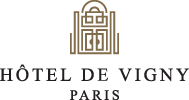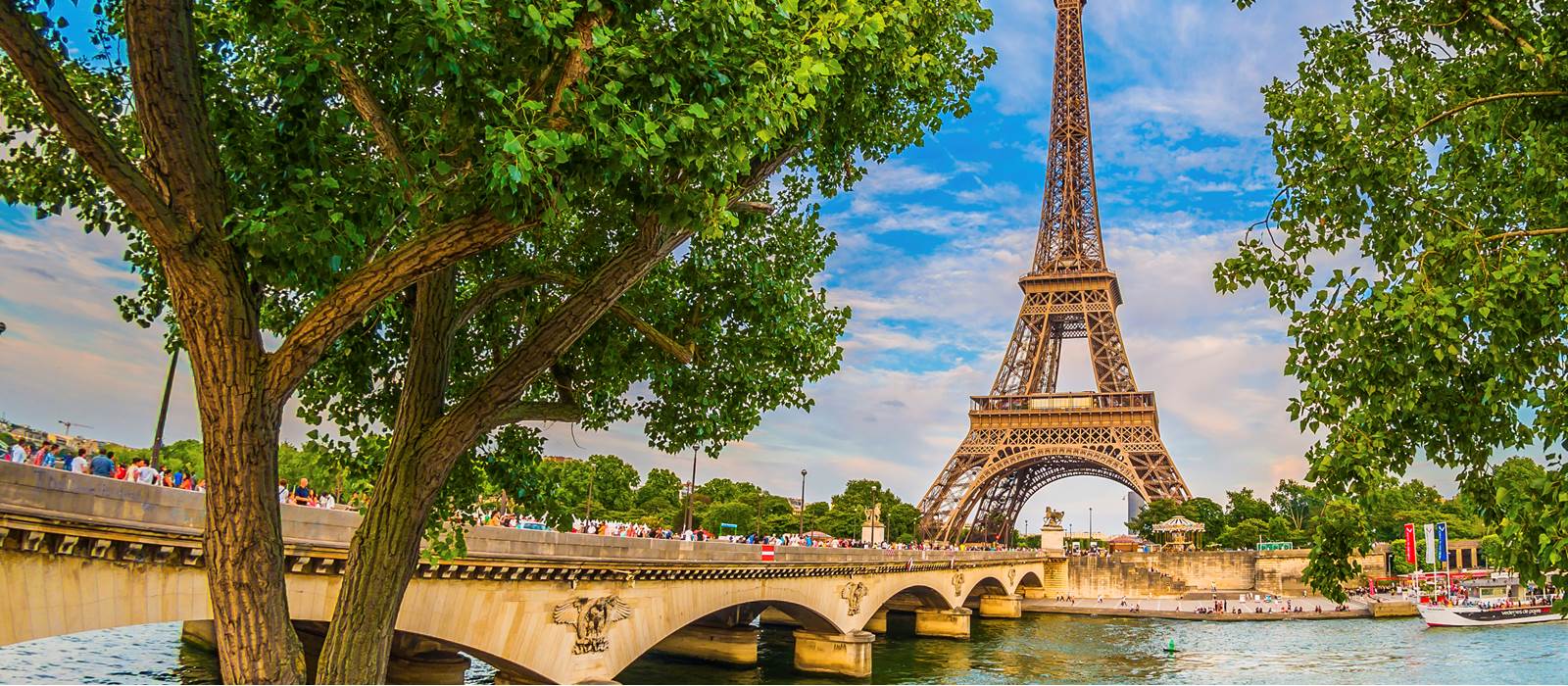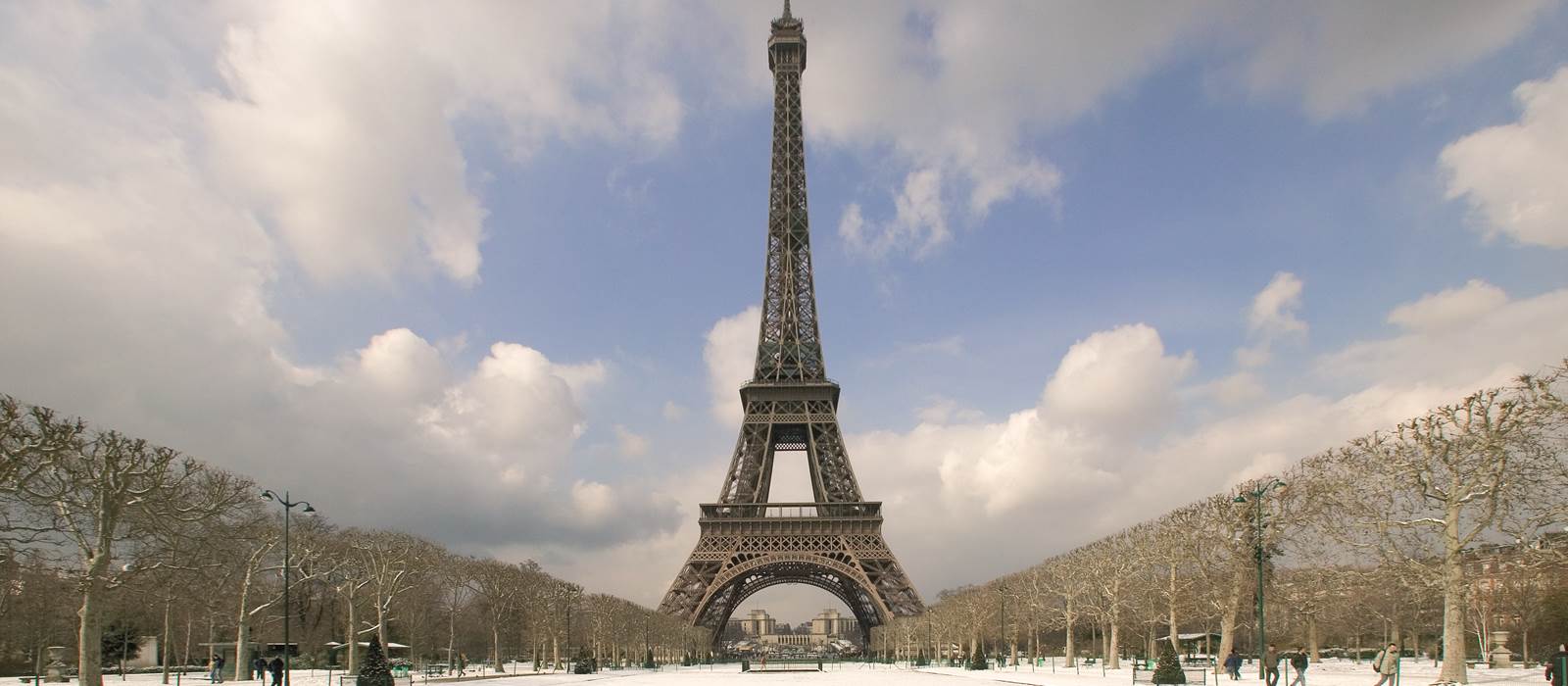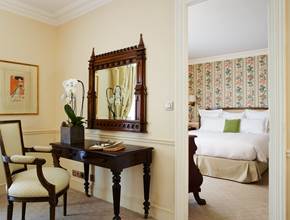
The Eiffel Tower: The Most Romantic Symbol of France
Plan a Trip to the Most Visited Monument in the World
One of the most instantly-recognisable structures in the world, the Eiffel Tower – or Tour d‘Eiffel – has come to represent France in one simple symbol. It is funny to think then, that this wrought iron construction has not always been a proud monument for many French people – indeed, it was met with distaste and much opposition when it was completed in 1889. Nowadays, you won’t find many Parisians around the Eiffel Tower but you will find French out-of-towners and foreign tourists gravitating towards the central structure for beautiful views from the top, the surrounding parklands and many, many selfie opportunities.
Uncertain Beginnings
When it was decided the World’s Fair 1889 would be held in Paris, local engineers and architects started to vie for the opportunity to design the centre piece and entrance to the fair. They knew it had to be spectacular and immediately, many designers decided it was a great opportunity to compete for the tallest structure in the world. At that time, this title was held by the Washington Monument in the USA. Once the tower was actually built, it achieved and held this title for the next 41 years until the Chrysler Building in New York City was completed and overtook it.
The bid was won by an engineering company led by Gustave Eiffel who gave the tower his name. Ever since, this word has come to represent a beacon of romance – around the world, the moment people hear the name ‘Eiffel’ they immediately think of l’amour à la Parisienne. Countless marriage proposals take place at this spot each year and it’s no wonder – with a backdrop this beautiful, it provides a memorable and classic scene for any loving couple, sharing a special moment.
Initially, many protested its construction due to artistic reasons. The City of Light’s art scene was booming in the 1880s and there were those that thought, not only would the exposed metalwork be ugly and overly industrial for picturesque, historic Paris but the sheer height and size of it would look out of place along the skyline as it had no other tall buildings. The occasion of the World’s Fair exposed the French capital to the world’s stage – were Parisians going to feel proud of their home with this modern, controversial structure representing them?
There was even a protest to its construction in 1887 – a committee of three hundred writers, painters, sculptors and architects (one for each metre of the height it was to reach) signed a petition against the tower – it was sent to the minister who was planning the exposition and published in Paris newspapers. They said, ‘We… passionate devotees of the hitherto untouched beauty of Paris, protest with all our strength, with all our indignation in the name of slighted French taste, against the erection … of this useless and monstrous Eiffel Tower.’ They were told they were too late, and (fortunately for us) construction of the ‘monstrous’ tower continued…
Popularity and National Symbolism
Once the tower was finished, many protesters changed their minds about its artistry and decided it was, after all, a complementary addition to the Parisian skyline. One writer, Guy de Maupassant, however was reported to dine every lunchtime at the tower as it was the only spot in Paris where he didn’t have to look at it! Today, visitors can still eat delicious French cuisine at one of the restaurants or cafes up the Eiffel Tower. The World’s Fair was a great success, marking 100 years since the storming of the Bastille and the start of the French Revolution. The Eiffel Tower was a central attraction and certainly got visitors talking, whether favourably or not.
By the Great War, the Eiffel Tower was a symbol of patriotism and resistance in France. In 1918, French writer and soldier, Guillaume Apollinaire, wrote a nationalist poem in the shape of the Eiffel Tower as a symbol of strength and defiance against the Germans. Since then, the landmark has grown in popularity and fame, being widely featured in films and sees 6.91 million visitors each year.
When visiting today, guests can choose whether to burn some energy climbing the tower by foot, or take the easier option of the lifts. There are three levels to the tower and tourists can pay more to go to the higher floors for the best views. As well as viewing platforms, the tower has restaurants, cafes, shops and, of course, a champagne bar – accommodation has even been built to give four lucky competition winners during UEFA Euro 2016 a memorable stay in the tower. The views from the top are truly worth the climb and on a clear day, visitors can see for over 40 miles. Views on the snaking Seine River below, the Arc de Triomphe, Notre-Dame Cathedral, Opéra Garnier, the Louvre and Sacré-Cœur can be seen from the top – to name but a few of the sights. If your stomach can handle it, a first-storey, 200 feet high glass floor was installed in 2014 to stand on and take unnerving photos of the ground below as souvenirs of your trip.
During key national days, commemorative occasions and moments of remembrance, the tower is used as a beacon of nationwide observance and respect. The tower glows in a sparkling web of tiny lights each night on normal days, which offers visitors a stunning backdrop for artistic shots. It is used to launch incredible firework displays on New Year’s Eve and in moments of national patriotism, such as Bastille Day – the tower also radiates the red, white and blue lights of the French Tricolore flag at these patriotic events. The tower is adorned in other countries’ flag colours during sporting occasions hosted by the city, such as when Wales beat Slovakia at Euro 2016. In darker times, the monument is used in a similar way to the Sydney Opera House in Australia or Westminster in London – it is lit up with the colours of another nation’s flag to indicate solidarity and support on occasions such as terror attacks. When Paris itself was the focus of attacks in 2015, the tower remained unusually black and unlit as though the structure itself was in mourning.
The journey to this world-famous monument from Hôtel de Vigny is a short trip over the river by Metro – nearby are the Trocadéro Gardens, Palais de Tokyo, Quai Branly, Musée de l'Armée and Hôtel des Invalides. Therefore, it is easy to plan a whole day out of exploring around the river when you go to the Eiffel Tower – put your comfy shoes on, grab a map and make sure you’re around at dusk for a romantic sunset and light show display.



